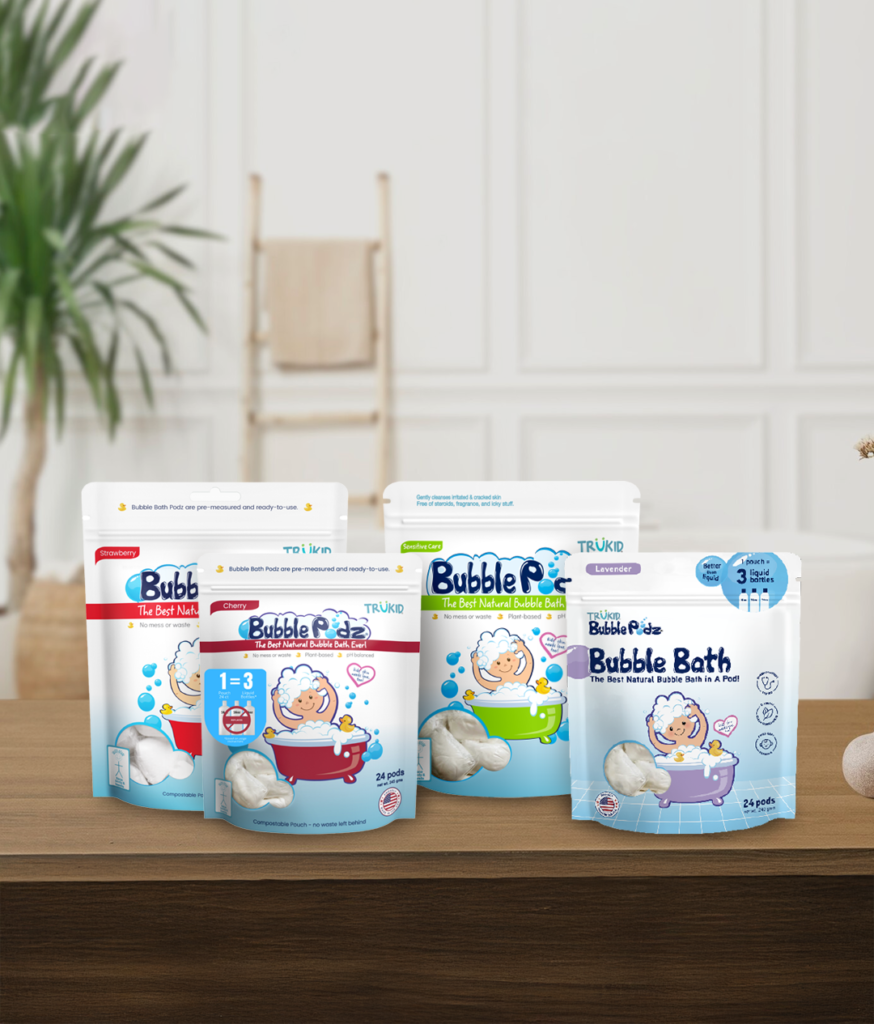Can you believe that the start of summer is only a month away? It won’t be long before kids will be out of school and will be outdoors for hours, days, and even weeks on end! With that in mind, it’s time to think about re-stocking the family sunscreen stash, but, before you reach for your trusted name brand sunscreen, take a minute to consider what type of sunscreen you’ll apply. First, A Little Background Information Though the sun is an important factor in boosting our vitamin D levels, we all know that too much exposure can result in painful sunburns and unhappy skin. The American Cancer Society (ACS) highly recommends avoiding the sun every day between the hours of 10:00 and 2:00 because that is when the sun’s radiation is the most damaging. But, when you have a family trip to the beach planned, other preventative methods must be used! For this reason, the ACS also recommends the use of a broad-spectrum protection sunscreen with SPF of at least 15.
This means that the sunscreen protects from both UVA and UVB rays. UVA rays are known to age skin (A=aging) while UVB rays, the principal cause of sunburn reactions, have shorter wavelengths (B=burning). Most sunscreens protect effectively against UVB rays, but do not protect from UVA rays, which are believed to contribute to the cancer causing potential of UVB radiation. So, first select a sunscreen that protects from both UVA and UVB rays.
The Chemical Contender 80% of chemical sunscreens in America use a chemical group known as benzophenone (oxybenzone and dioxybenzone) to protect against UVA and UVB radiation. Most of these chemicals work by absorbing the UV light. When the rays are absorbed into the skin, it later leads to the formation of harmful chemical byproducts which can damage cells, proteins, and DNA by altering their chemical structure (smartskincare.com). Chemical sunscreens must be absorbed into the skin for at least 20 minutes to become effective. According to the Environmental Working Group (EWG), these same chemicals “can penetrate skin, cause allergic skin reactions and may disrupt hormones”.
Sunscreen chemicals may enter into the bloodstream because they are made up of nanoscale particles– particles that are anywhere between 30 to 90 times smaller than dust particles that you can find in your house! This is especially alarming because “chemicals that can make it through the skin are potentially more toxic because they do not get broken down by other bodily systems before entering the bloodstream” (cancer.org). The EWG has recommended the avoidance of oxybenzone and retinyl palmitate, a form of vitamin A, in sunscreens. Despite the assumption that this vitamin has anti-aging effects, like we’ve heard so often, especially when it is used in night creams, this form of vitamin when exposed to the sun “may speed development of skin tumors and lesions, according to government studies”.
The Physical Blocker– the Natural Option Knowing this, what, you may ask, is the most beneficial option for my kids in terms of sunscreen use? The EWG strongly recommends mineral sunscreens that contain either titanium dioxide or zinc oxide because “they do not penetrate the skin, and they are stable in the presence of sunlight”. Unlike the chemical alternatives, natural sunscreens like the TruKid Daily and Sport sunscreens have mineral based formulas that act as physical blockers “by reflecting and/or scattering the rays” by sitting on top of the skin (smartskincare.com).
These types of sunscreens physically block ultraviolet radiation while also providing “broad spectrum UVA and UVB protection and are gentle enough for everyday use” and are “especially useful for individuals with sensitive skin, as they rarely cause skin irritation” (dermatology.ucsf.edu) TruKid only produces non-nano mineral sunscreens, meaning that the particles used in the formula are micro-sized, larger than skin cells, and are incapable of passing through the skin into the bloodstream. When applied, our sunscreen is formulated to stay on top of the skin to safely and reliably protect from the sun in whatever environment you or your kids may be! So, when it comes time to apply and to send your kids outside into the warm, sunny day, think twice about what you use for sun protection, because that protection just might be harming you in an unexpected way.
Sources
http://www.dermatology.ucsf.edu/skincancer/general/prevention/sunscreen.aspx http://www.ewg.org/2013sunscreen/the-trouble-with-sunscreen-chemicals/ http://www.mnpoison.org/homesafety/specificpoisoninformation/sunscreen%20danger/index.htm http://www.smartskincare.com/skinprotection/chemical-sunscreen-risks.html http://health.usnews.com/health-news/family-health/heart/articles/2008/06/23/time-in-the-sun-how-much-is-needed-for-vitamin-
Newsletter
Sign Up For Our Newsletter & Get the Latest Information
This article is intended solely for informational purposes and should not be considered a source of medical advice. The information presented in this article is not a replacement for, nor should it be relied upon as, professional medical guidance. Every individual’s health and medical circumstances are unique. What works or is suitable for one person may not be the same for another. Any decisions related to your health should be made with consideration of your specific health condition, medical history, and the guidance of your healthcare professional.
